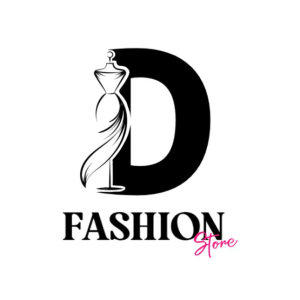Fashion Design notes
4. principles and elements of fashion design
4.1. elements of fashion design
Fashion design is both an art and a science, relying on a fundamental understanding of how visual components work together to create an appealing and impactful garment or collection. This is achieved through the skillful application of elements (the building blocks) and principles (the guidelines for using those blocks).
Elements of Fashion and Design (The Building Blocks)
These are the fundamental visual components that a designer uses to create a garment or an entire collection. Think of them as the ingredients in a recipe.
-
Line:
-
Definition: The most basic visual element, representing a mark with length and direction. In fashion, lines are created by seams, darts, pleats, gathers, edges of garments, patterns, or even the outline of the body.
-
Impact: Lines guide the eye, create a sense of movement, define shape, and can suggest various moods or illusions.
-
Vertical Lines: Create an illusion of height, slenderness, formality (e.g., pinstripes, princess seams).
-
Horizontal Lines: Create an illusion of width, stability, relaxation (e.g., yokes, horizontal stripes, hemline).
-
Curved Lines: Suggest softness, fluidity, femininity, grace, and emphasize body contours (e.g., ruffles, scalloped edges, rounded collars).
-
Diagonal Lines: Create dynamism, movement, and can add interest or draw the eye to a specific area (e.g., wrap dresses, asymmetric hemlines).
-
-
-
Shape / Silhouette:
-
Definition: The outline or overall form of a garment or an ensemble. It's how the clothing appears from a distance, defining its basic structure.
-
Impact: Determines the garment's visual volume and how it relates to the body. Silhouettes are often characteristic of specific eras (e.g., the A-line, hourglass, rectangular, bell, or empire silhouettes).
-
Examples: A-line, tubular, hourglass, bell, cocoon, trapeze.
-
-
Color:
-
Definition: The visual perception of light reflected from a surface. Color is often the first element people notice in a garment.
-
Impact: Evokes emotions, sets moods, creates emphasis, and can influence the perceived size or shape of the wearer. Color theory (hue, value, intensity) is crucial here.
-
Hue: The pure name of the color (e.g., red, blue, green).
-
Value: The lightness or darkness of a color (e.g., a light pink vs. a dark maroon).
-
Intensity/Chroma: The brightness or dullness of a color (e.g., a vibrant royal blue vs. a muted navy).
-
-
Color Schemes: Monochromatic, analogous, complementary, triadic, etc., are used to create specific visual effects.
-
-
Texture:
-
Definition: The surface quality of a fabric or material, both how it looks and how it feels (tactile). It's created by the weave, fiber content, finish, and embellishments.
-
Impact: Adds depth, visual interest, and influences how light reflects off the fabric. Texture can evoke different moods or suggest practicality.
-
Smooth/Sleek: Silk, satin, chiffon – suggest luxury, formality, can make a figure appear leaner.
-
Rough/Coarse: Tweed, denim, burlap – suggest casualness, ruggedness, can add visual weight.
-
Soft/Fuzzy: Velvet, cashmere, fleece – suggest comfort, warmth, can add visual volume.
-
Shiny/Reflective: Sequins, lamé, patent leather – draw attention, suggest glamour.
-
-
-
Pattern:
-
Definition: A repeated decorative design or motif on a fabric. Patterns can be woven, printed, embroidered, or applied.
-
Impact: Adds visual interest, can influence perceived size or shape (e.g., vertical stripes make one look taller), and expresses themes, cultural influences, or moods.
-
Examples: Florals, stripes, checks (plaid, gingham), polka dots, abstract, animal prints, geometric.
-
